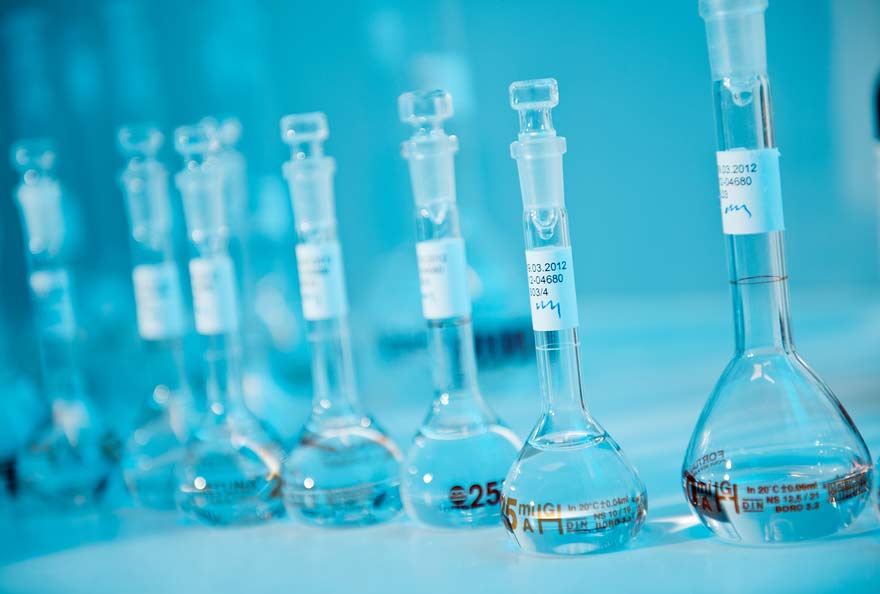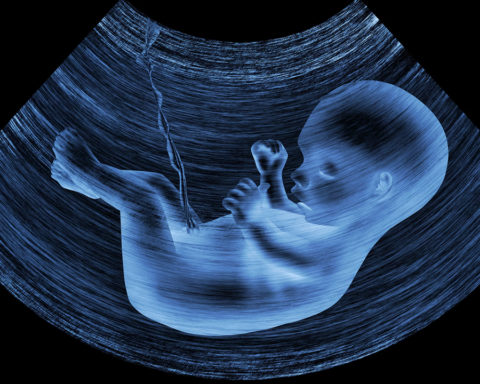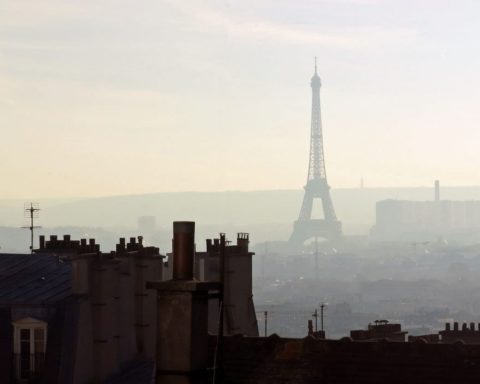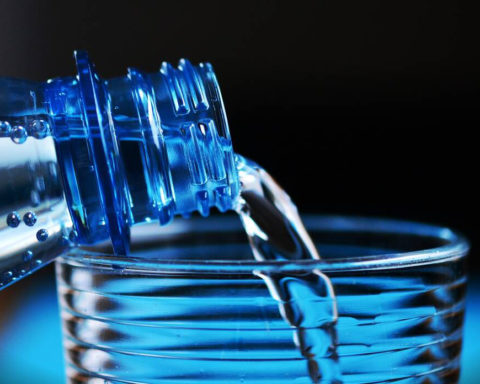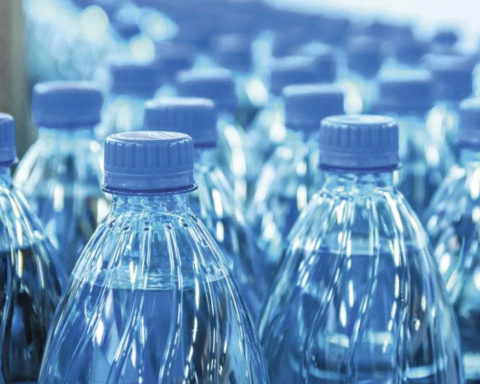The Water Framework Directive: a regulatory framework
Water policy 2016 - 2021: prevention rather than cure
The Water Framework Directive: a regulatory framework
Water policy 2016 - 2021: prevention rather than cure
Why not enjoy unlimited reading of UP'? Subscribe from €1.90 per week.



Already registered? I'm connecting
Register and read three articles for free. Subscribe to our newsletter to keep up to date with the latest news.
→ Register for free to continue reading.

You have received 3 free articles to discover UP'.
